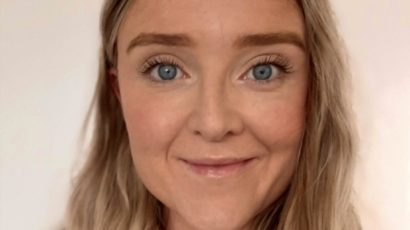Welcome back to the HeathFirst Blog! Its been several weeks since we have posted a new blog.
The HealthFirst Team have been very busy not only delivering First Aid Courses and Parenting Conferences but also developing an exciting new Health Promotion project that will be available in the next few months.
During my clinical work in the Emergency Department at the University Hospital in Geneva, I see all sorts of illnesses and injuries, including those that may be classed as ‘deliberate’ or perhaps as ‘self-defence’, for example bites from humans (children and adults) or animals. Whatever the motivation, these injuries get treated equally according to the latest evidence based guidelines.
So what are the risks of bites? Well, there is the direct injury from the teeth. This can be to the skin – just squashing the skin without breaking it (in the case of most curious or cross toddler bites) or piercing the skin down to the layers beneath, even to the muscle and other structures from the more powerful jaws of larger mammals.
Then there is the risk of infection – almost any virus or bacteria can be transmitted from biter to bitee (or, indeed, vice versa if there is quite some blood flowing from the bitee). For humans, this does include HIV, Hepatitis B, C etc. For dogs and cats (between 60 and 90% of bites are from domestic pets, known to the person who has been bitten), their mouths carry Pasteurella bacteria, which is a nasty one that can spread from the wound to the surrounding tissues and up to the nearby joints and beyond.
Some simple First Aid measures can be carried out at home to help reduce the risk of infection after a human or animal bite.
After staying calm and staying safe yourself, help the injured person to some running water eg tap, hose, stream, andwash the wound out in the running water for 10 minutes. Encourage it to bleed so reducing the germ load in the wound.
Use some mild soap or antiseptic wash if available. Then apply some disinfectant (=antiseptic, they are the same thing) to the wound and cover it with a sterile dressing. Do you have these in your First Aid Kit?! Are they still in date? Do you carry a small First Aid Kit when you are out and about?
If the bite has broken the skin, then the person needs to be taken to see a doctor so the wound can be looked at and antibiotics prescribed if necessary. Remember – even if the wound entry point looks small, the cat’s tooth, for example, is likely to have gone deep into the underlying structures. Those cute fluffy things have a spiky end!





